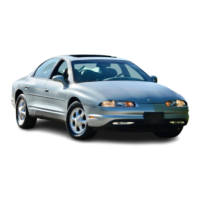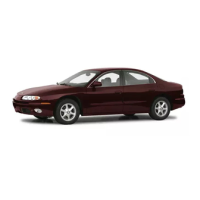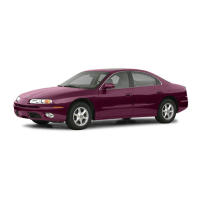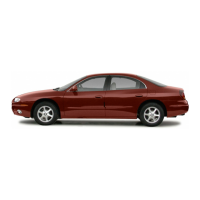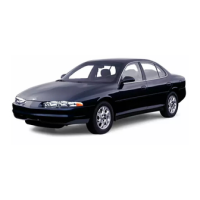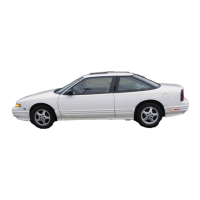Loading
Your
Vehicle
TIRE-LOADING INFORMATION
OCCUPANTS VEHICLE CAP. WT
FRT. CTR. RR. TOTAL
LBS.
KG
MAX.
LOADING
&
GVWR SAME
AS
VEHICLE
CAPACITY
WEIGHT
XXX
COLD
TIRE
TIRE
SIZE
SPEED PRESSURE
RTG
PSI;KPa
FRT.
RR.
SPA.
IF
TIRES
ARE
HOT, ADD
4PSI.'28KPa
SEE
OWNER'S MANUAL FOR ADDITIONAL
[
INFORMATION
Two labels on your vehicle show how much weight
it
may properly carry. The Tire-Loading Information label
found on the rear edge of the driver's door tells
you
the
proper size, speed rating and recommended inflation
pressure for the tires on your vehicle.
It
also
gives
YOLI
important information about the number
of
people that
can be
in
your vehicle and the total weight that you can
carry. This weight is called the Vehicle Capacity Weight
and includes the weight of
all
occupants, cargo, and all
nonfactory-installed options.
MFD BY GENERAL MOTORS CORP
DATE GVWR GAWR
FRT
GAWR
RR
THIS VEHICLE
CONFORMS
TO ALL APPLI-
CABLE U.S. FEDERAL MOTOR VEHICLE
SAFETY, BUMPER, AND THEFT PREVENTION
STANDARDS IN EFFECT
ON
THE DATE OF
MANUFACTURE SHOWN ABOVE.
The other label is the Certification label, found on the
rear edge of the driver's door.
It
tells you the gross
weight capacity
of
your vehicle, called the GVWR
(Gross Vehicle Weight Rating). The GVWR includes
the weight of the vehicle, all occupants, f~~el and cargo.
Never exceed the GVWR for your vehicle, or the Gross
Axle Weight Rating (GAWR) for either the
front
of rear
axle.
And,
if
you
do
have
a
heavy load, you should spread
it
out. Don't carry more than
I76
lbs.
(80
kg)
in
your
trunk.

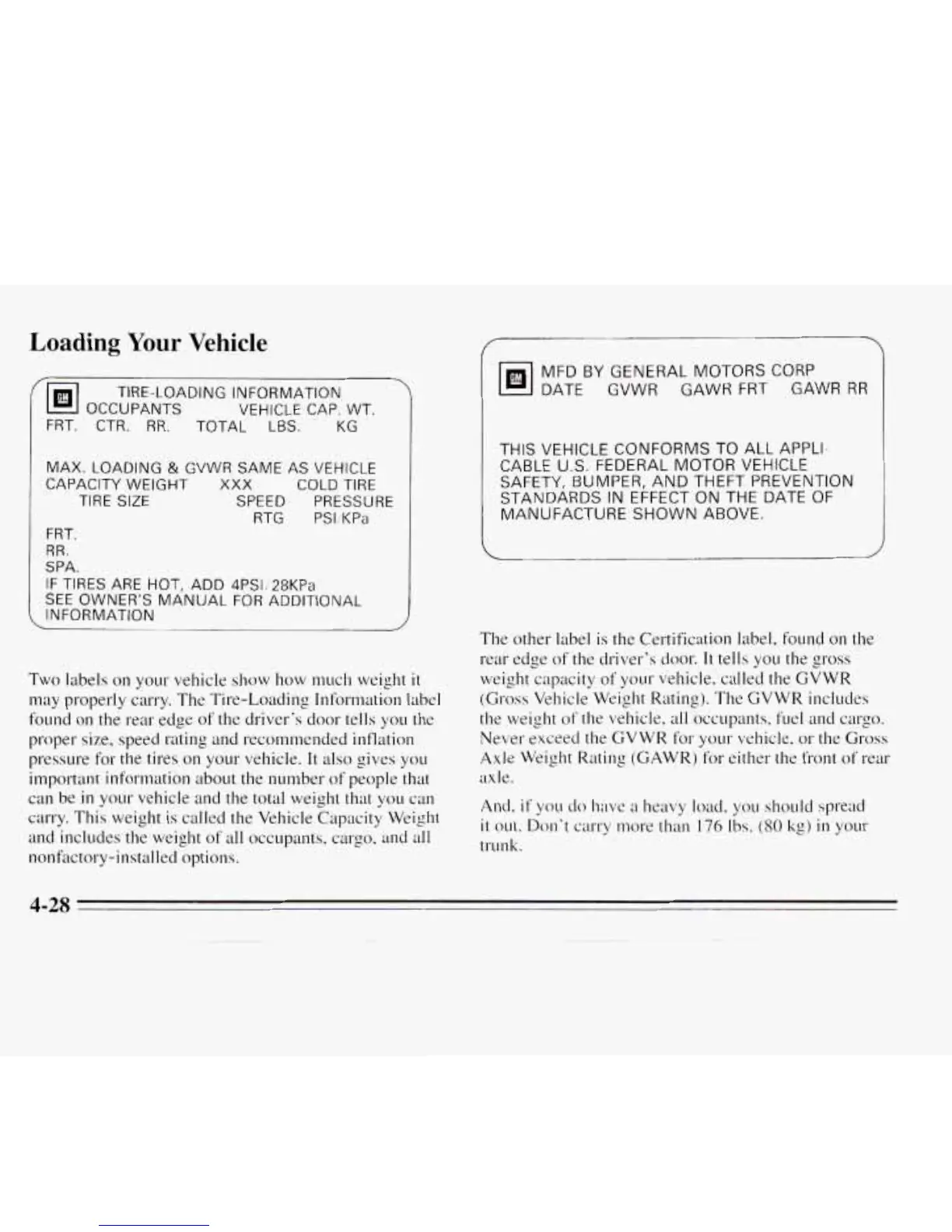